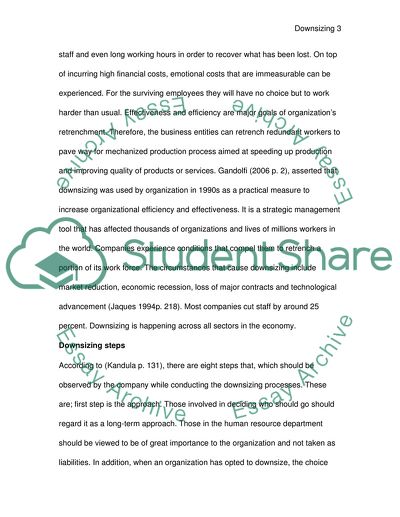Cite this document
(Downsizing and Its Effects in Human Resource Management Term Paper, n.d.)
Downsizing and Its Effects in Human Resource Management Term Paper. Retrieved from https://studentshare.org/human-resources/1572382-human-resource-management
Downsizing and Its Effects in Human Resource Management Term Paper. Retrieved from https://studentshare.org/human-resources/1572382-human-resource-management
(Downsizing and Its Effects in Human Resource Management Term Paper)
Downsizing and Its Effects in Human Resource Management Term Paper. https://studentshare.org/human-resources/1572382-human-resource-management.
Downsizing and Its Effects in Human Resource Management Term Paper. https://studentshare.org/human-resources/1572382-human-resource-management.
“Downsizing and Its Effects in Human Resource Management Term Paper”, n.d. https://studentshare.org/human-resources/1572382-human-resource-management.


